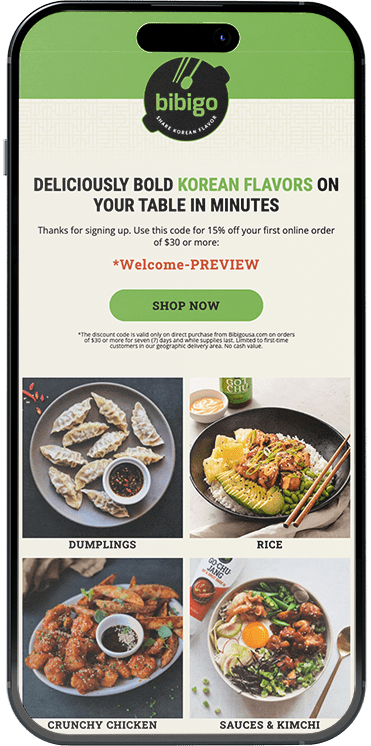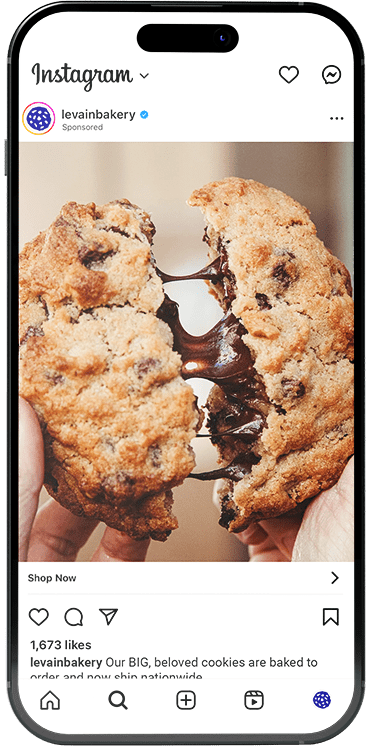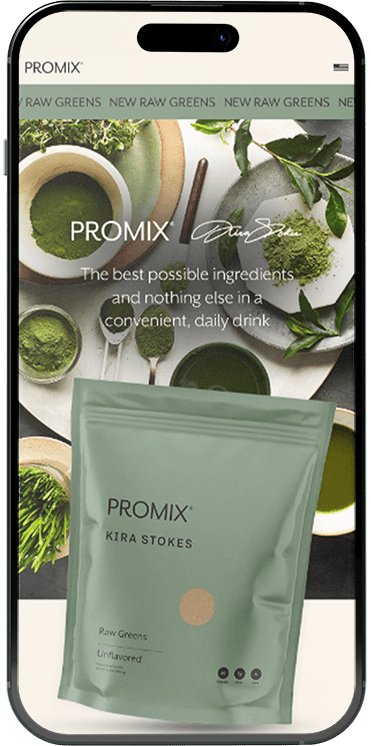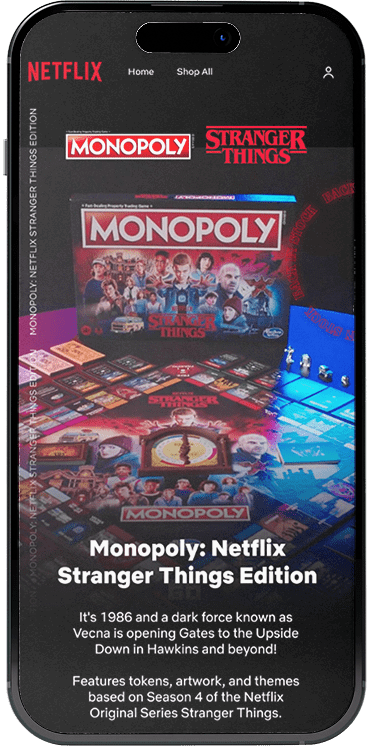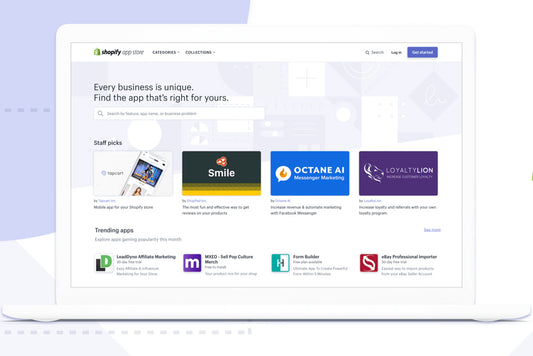
One of the most daunting tasks in trying to grow a business is finding new clients. In today’s world, there is an abundance of technological resources and that have completely changed the sales process. Now that you can find plentiful information just by typing G-O-O-G-L-E into a keyboard, it is no longer acceptable to simply call someone up to pitch your business. Oddly enough, it can be difficult just to find a phone number (especially if you’re like me and are in the business of helping people create a business).
But back to phone calls. No one wants to feel like they’re talking to a used-car salesman (though there’s nothing wrong with selling used cars), but that doesn’t mean there isn’t value in connecting early with a potential client. I am a huge proponent of getting on the phone with someone who may not need your help right now—because they might in the future.
Forget the hard sell mentality. If you want to land someone as a client, the key is to focus on building a relationship with them first.
So, how do you make that happen? In this article, we will look at six ways to build useful relationships with potential clients.
1. Know your value
To get someone who has never heard of you to be willing to get on the phone, you need to know the value that you bring to the table. What is your expertise? Why might this person or company benefit from your services?
You also need to be able to translate what you know into a concise message that clearly explains your intent. Potential clients will want to know how your expertise benefits them.
2. Craft your message
Whether it’s over email, a voicemail, an Instagram DM, or LinkedIn message (more on the later), I like to follow a simple script. Here’s what I might send to someone with an already-existing, newer website that could use some improvements. This script has the goal of eventually getting the potential client on the phone.
In this example, I offer a positive comment, state how I found them, create urgency by establishing that there are ways to improve their site, and make an ask to get on the phone—all while offering that call for free.

This is just the first step. Forget being rejected—odds are that the majority of messages of this nature you send are going to go unanswered. But sending 10 messages like this and only getting one response can still be worth your time. It could take you 30 minutes to send out some messages, but that could mean thousands of dollars or more in revenue. You do the math.
"It could take you 30 minutes to send out some messages, but that could mean thousands of dollars or more in revenue."
It’s also important to stay flexible. Don’t take a stock approach to all methods of reaching out to someone. My relationship with good friend and client Troy Cole, a.k.a. Kickasso, who’s best known for creating custom cleats for the world’s most prominent athletes, started with a simple tweet:
@k_obrand can you follow-back for a DM?
— Ben Zettler (@benzettler) July 31, 2017
3. Look for the people who need your help
I’ll let you in on a not-so-secret secret: there are over 600,000 Shopify stores, but not all of them were made by Shopify Partners or Shopify Experts like you and me.
New business is sitting right under your nose. The reality is that savvy business veterans and ‘solo-preneurs’ don’t always have the chops for creating an elegant website with a solid foundation for ecommerce. They are busy concentrating on other areas of their business. As a partner or Expert with an understanding of a certain vertical in the Shopify landscape, you can help them achieve strategic success by offering your services.
"The reality is that savvy business veterans and ‘solo-preneurs’ don’t always have the chops for creating an elegant website with a solid foundation for ecommerce."
Current Shopify stores make up just one subset of potential clients to consider. There are also businesses that may be selling exclusively on platforms like eBay, Amazon, or Etsy, as well as businesses that are established on other ecommerce platforms.
Finding people or companies to offer your services to is a lot easier than you think. Consider some of these areas:
- Shopify Forums
- LinkedIn Connections or Groups
- Instagram hashtag searches
- Facebook Groups
- Upwork
And of course, there’s always family and friends. The relationship with one of my clients, Baseball Lifestyle 101, who has Instagram’s largest following of baseball fans outside of MLB, started with a text to their founder Josh Shapiro through a mutual friend.
And for me personally, nothing beats a good old Google search for businesses in your niche.
4. Get in touch
Once you find someone that may be worth reaching out to, check for a contact page on their website. Stay away from actually using contact forms—they don’t always go to an address that is routinely monitored. Instead, see if the contact page names a specific person or lists an email address.

Also consider checking LinkedIn for employees at that company that are either founders or have titles listing them in digital marketing, ecommerce, or web departments. Connect with them and make your pitch directly.
It’s safe to assume that nearly every active Shopify merchant, or merchants on other platforms, has a presence on Instagram. Often, I find that’s the better route to go in contacting a prospect, even if they have a listed phone number on their website. Reaching out over an Instagram DM is softer than an unsolicited phone call. Use the direct message function as a forum to get to the eventual phone call.
When all else fails, a simple tweet can always do the trick.
5. Pick up the phone
Do you actually have to get on the phone?
In my opinion, yes. Make a call. Or better yet, if the business is local to your area, meet up at a coffee shop. If it’s a big enough opportunity, hop on a plane.

Moving from online to offline in relationship building is helpful in establishing trust. In the majority of situations, hearing your voice or looking at you face-to-face is naturally going to be more impactful than reading words on a screen. Plus, it is actually a change of pace for today’s new generation of business builders, who are typically glued to their smart devices (notice how I didn’t say phones).
6. Know what to say
Once you’ve gotten past the stigma of getting on the phone, you have to actually have a conversation. But don’t fret. Your call should only be about 15 to 20 minutes, and should be 75 percent the prospect talking and you listening.
How? Ask questions. People love to talk about themselves and the work they are passionate about. Let that ease the pressure of thinking that you should be selling something right off the bat. Ask things like:
- How did the business get started?
- What has your experience been like working with the platform you currently are using?
- What do you feel is missing from your current website?
- Have you worked with any consultants before? If so, did you have a positive experience?
- What is the structure of the team that manages your website and its content on a daily basis?
- What projects excite you the most right now?
Asking thought-provoking questions should serve as a springboard into a broader conversation about how you and your potential client may be able to do business. Make sure to reference the opportunities to improve that you mentioned in your initial note, but other than that, try not to be too scripted. This is just a conversation, after all. My relationships with some of my best clients started when I ‘pitched’ them my business months before even signing a contract to work with them.
Cold outreach done right
The idea of cold outreach can be a little intimidating—probably because there is a negative, hard sell connotation that goes along with it, that most people try to avoid. But the reality is that there are so many resources from which to prospect clients on the internet that your first point of contact doesn't have to be a hard sell. It's all about making a connection. Use some of these pointers and you will be another step closer to success.
--
This article originally appeared on the Shopify Partners blog on August 30, 2018.





